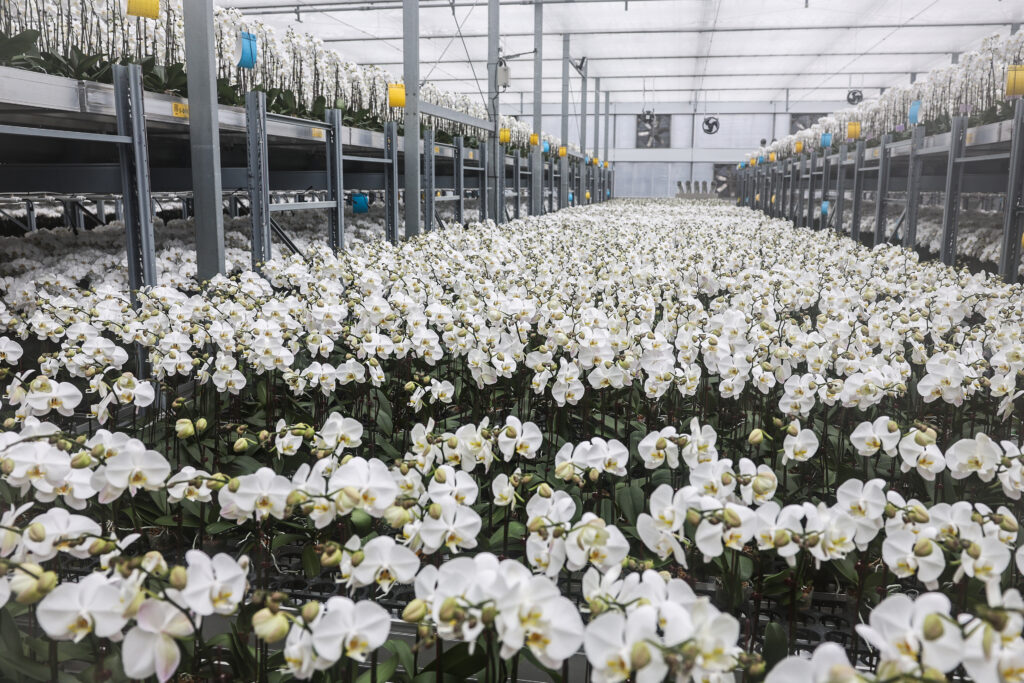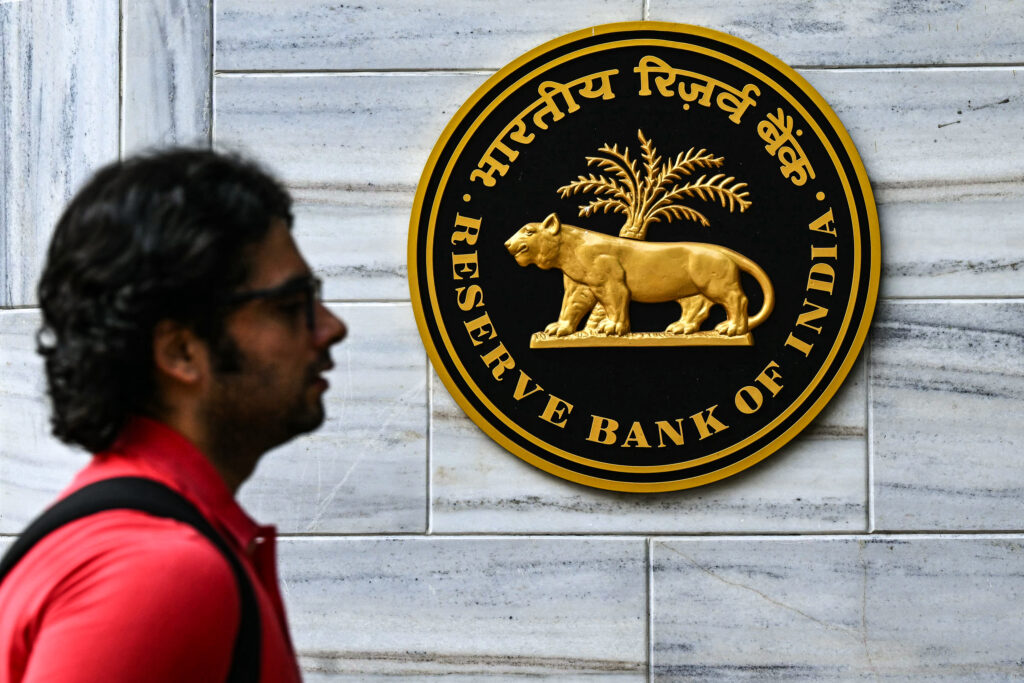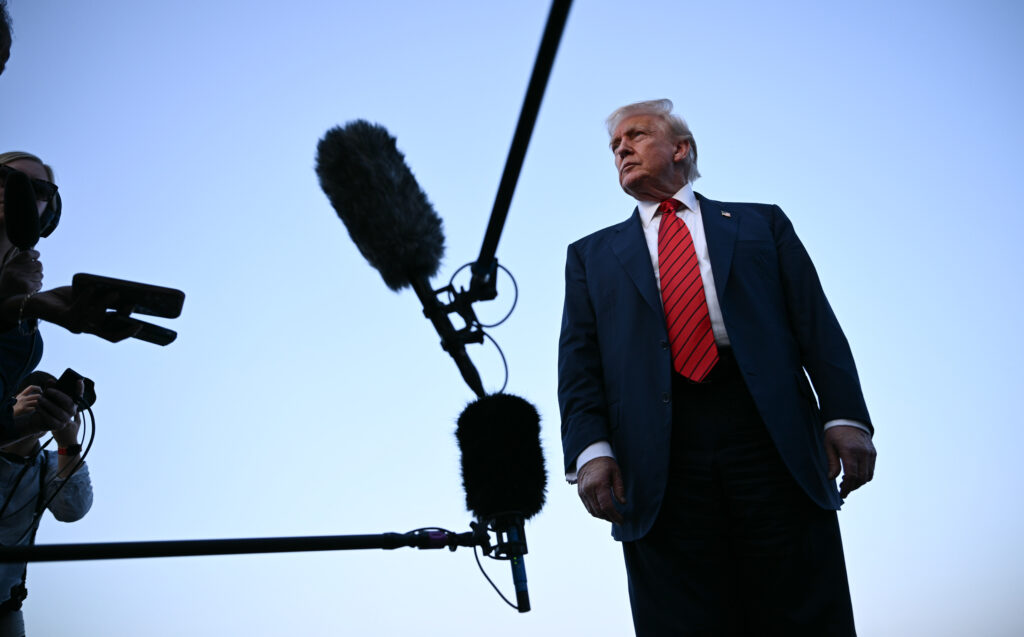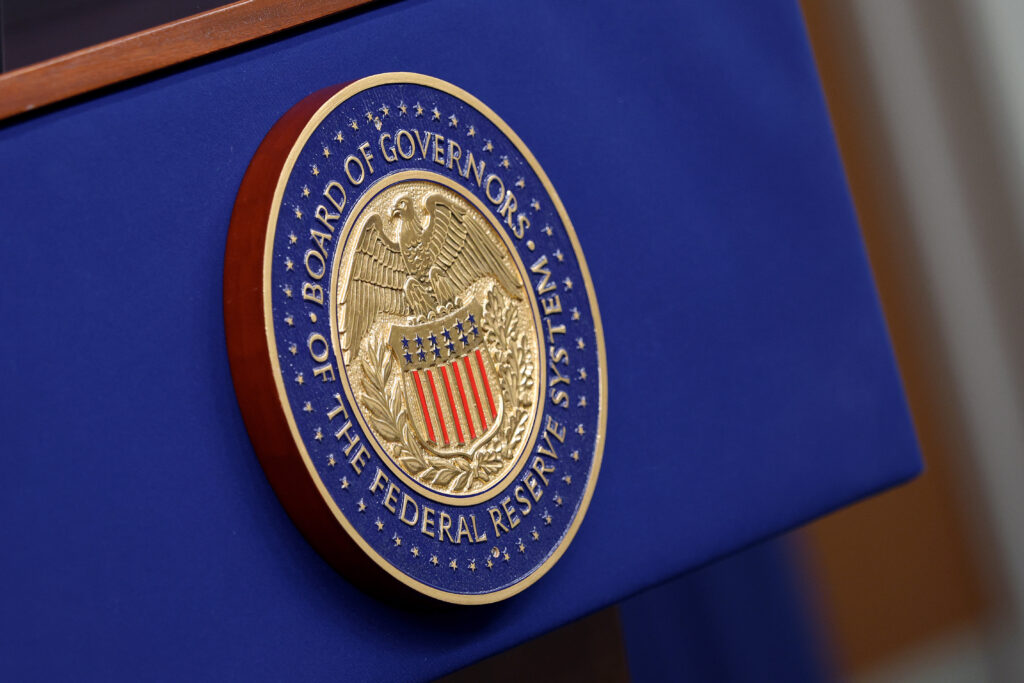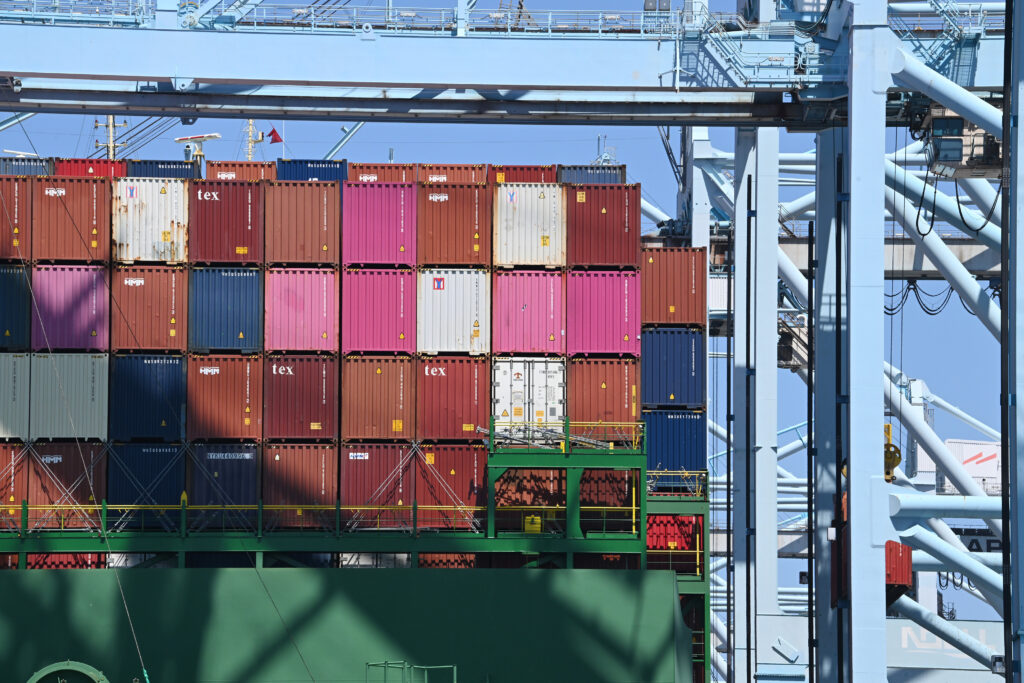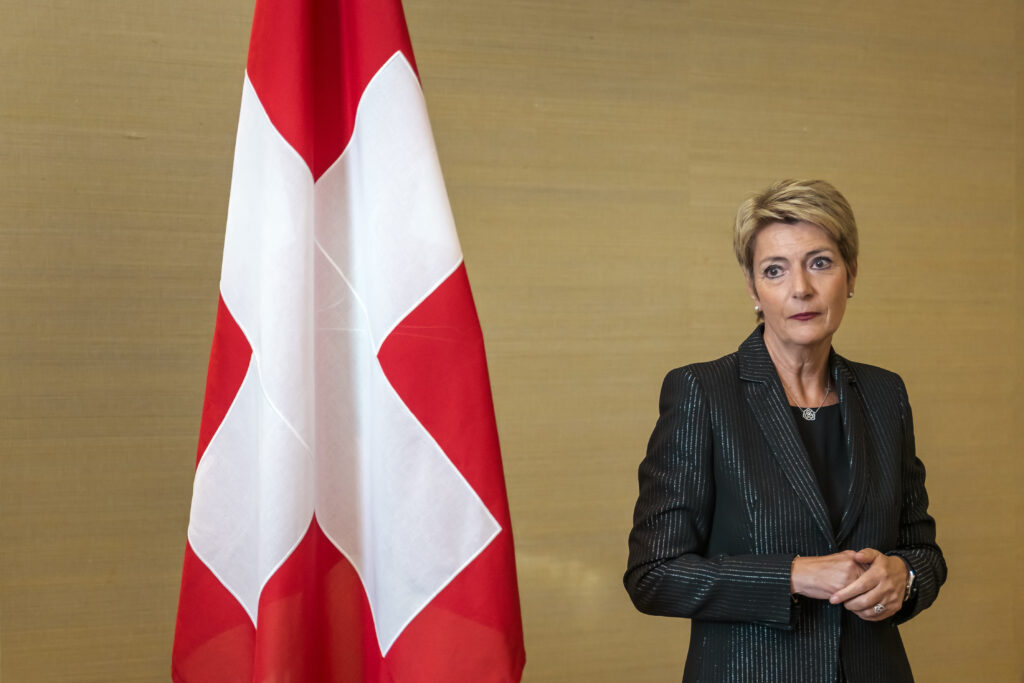Markets tick up but traders wary as Trump tariffs temper rate hopes
Asian equities edged higher Wednesday as traders weighed Donald Trump’s trade war and fresh data that indicated further weakness in the US economy but added to interest rate cut speculation.The US president’s claim that Washington was “very close to a deal” to extend a China truce provided some optimism, though that was tempered by his warning of fresh levies on pharmaceuticals and chips.After a strong start to the week sparked by hopes that painful jobs data will force the US Federal Reserve to lower rates next month, another batch of figures added fuel to the fire.A closely watched index of services activity showed it had barely grown in July as companies contended with weaker hiring conditions and rising prices.The news came after Friday’s jobs data revealed far fewer US jobs were created than expected in May, June and July.”Market pricing has moved aggressively in favour of a September rate cut by the Federal Reserve, after a weak July jobs report and ugly revisions to May and June signalled the US labour market may finally be cracking under the pressure of tariffs,” said Neil Wilson at Saxo Markets. “The data pushed the US closer to stagflationary territory,” he said.”So far, the market has held up and looked beyond the tariff risks, but we may at last be seeing the hard data finally catch up with the soft survey data.”But while bets on a rate cut in September have soared, he said such a move was not a certainty.Stocks fluctuated through the morning but went into the afternoon on a more positive note.Tokyo,Shanghai, Singapore, Sydney, Seoul, Wellington, Manila, Bangkok and Jakarta rose, while Hong Kong was marginally higher. Taipei and Mumbai were in the red.London, Paris and Frankfurt enjoyed healthy buying in the morning, while Wall Street futures also advanced.Confidence remains thin as Trump’s tariff threats linger, with several countries — including India and Switzerland — still to hammer out deals before his delayed deadline Thursday, and agreed levies with others to kick in.In his latest salvo, Trump told CNBC he was looking at hitting pharmaceuticals with tolls that eventually reach 250 percent, while semiconductors were also in the firing line. He has said he will also hammer India over its purchases of Russian oil.Still, Trump did strike a positive note on China, which is in talks with US officials to continue a truce agreed in May that saw the world’s two largest economies pare down their eye-watering triple-digit tariffs.Regarding Chinese President Xi Jinping, Trump told CNBC’s “Squawk Box” that “I’ll end up having a meeting before the end of the year, most likely, if we make a deal.”If we don’t make a deal, I’m not going to have a meeting. I mean, you know, what’s the purpose of meeting if we’re not going to make a deal?”But we’re getting very close to a deal.”He added that his relationship with Xi was “very good” and that “I think we’ll make a good deal. It’s not imperative, but I think we’re going to make a good deal”. In company news, shares in Hong Kong carrier Cathay Pacific plunged more than nine percent in the city after it said passenger yield tumbled in the first half of the year. However, it also said it had placed an order with Boeing for 14 jets worth more than US$8 billion. The deal marks its first order with the US giant in 12 years.- Key figures at around 0810 GMT -Tokyo – Nikkei 225: UP 0.6 percent at 40,794.86 (close)Hong Kong – Hang Seng Index: FLAT at 24,910.63 (close)Shanghai – Composite: UP 0.5 percent at 3,633.99 (close)London – FTSE 100: UP 0.2 percent at 9,159.71 Euro/dollar: DOWN at $1.1581 from $1.1582 on TuesdayPound/dollar: UP at $1.3301 from $1.3294Dollar/yen: DOWN at 147.53 yen from 147.55 yenEuro/pound: UP at 87.07 pence from 87.01 penceWest Texas Intermediate: UP 0.8 percent at $65.69 per barrelBrent North Sea Crude: UP 0.8 percent at $68.20 per barrelNew York – Dow: DOWN 0.1 percent at 44,111.74 (close)

